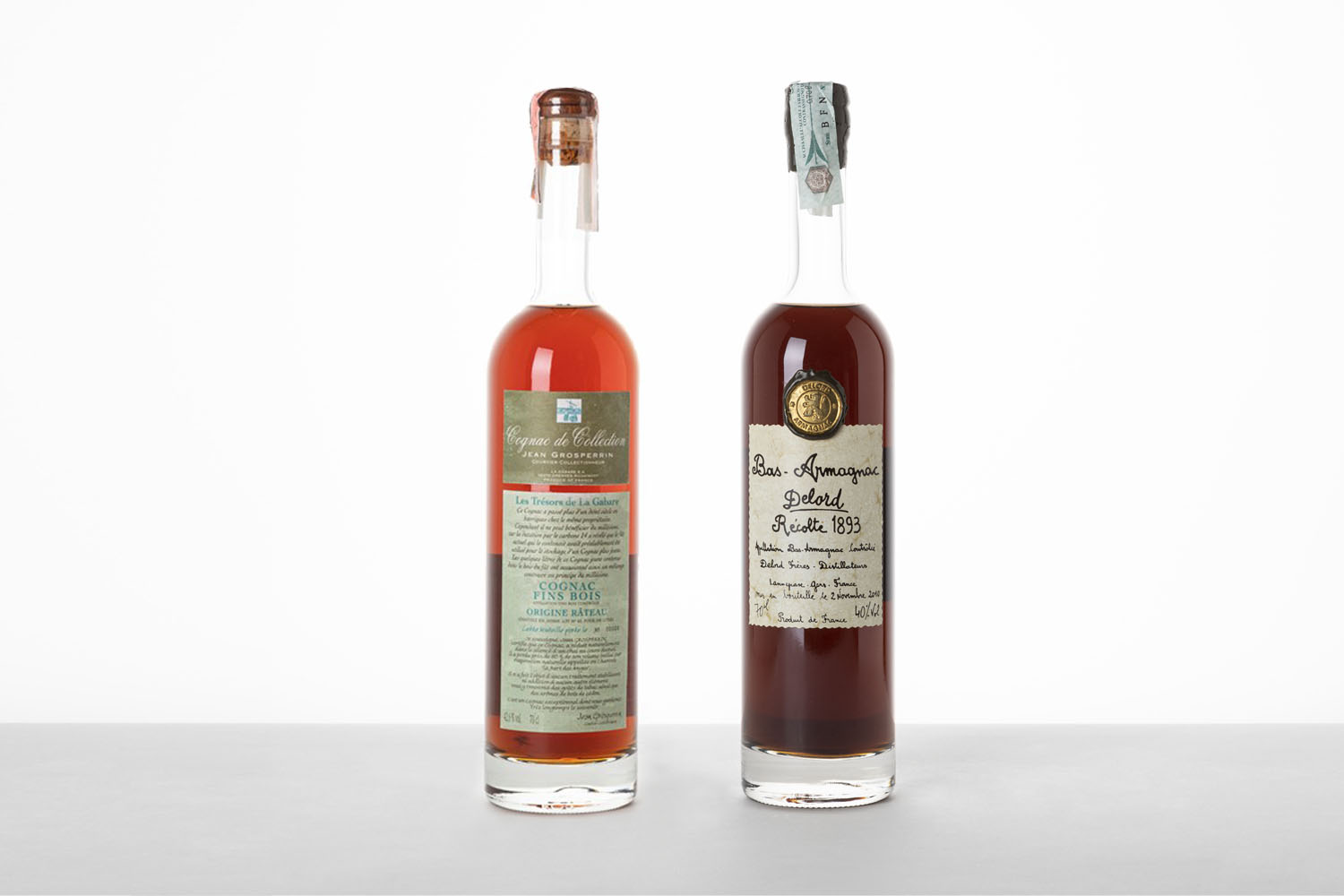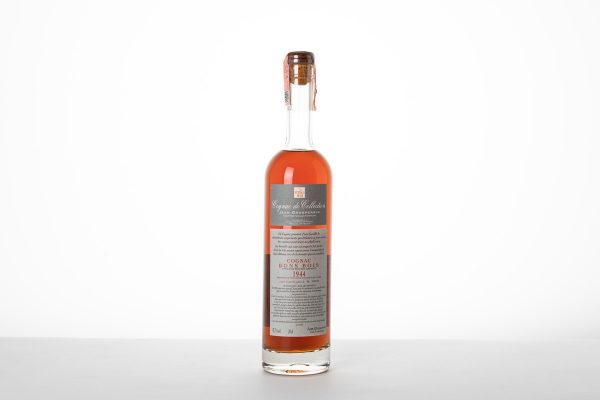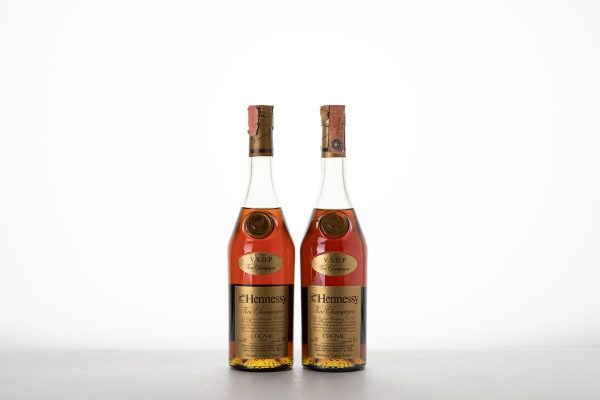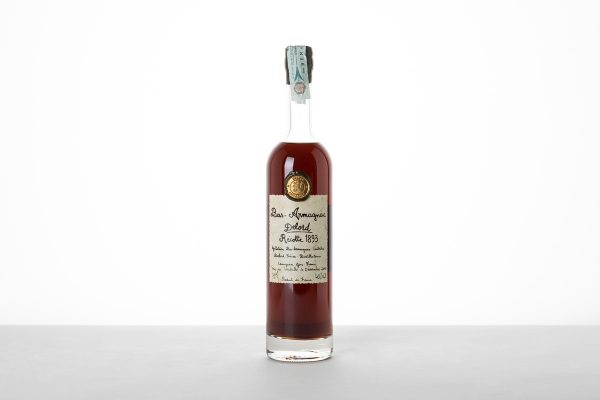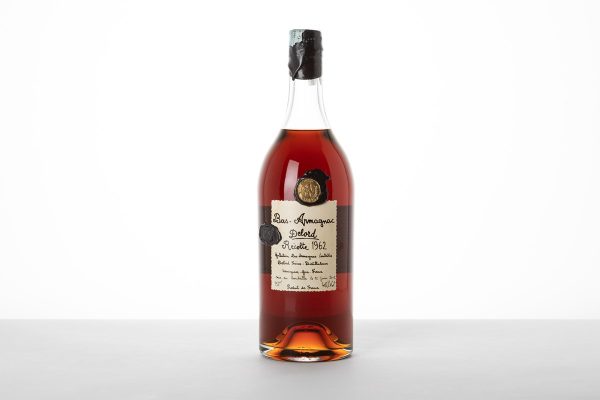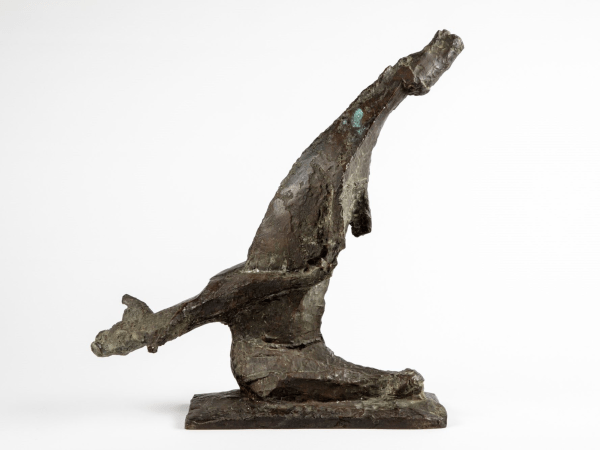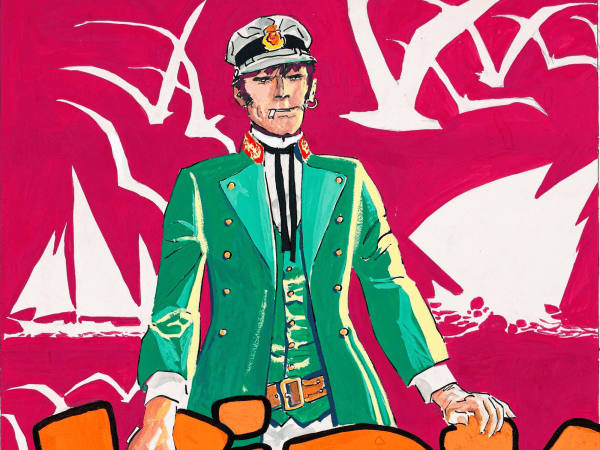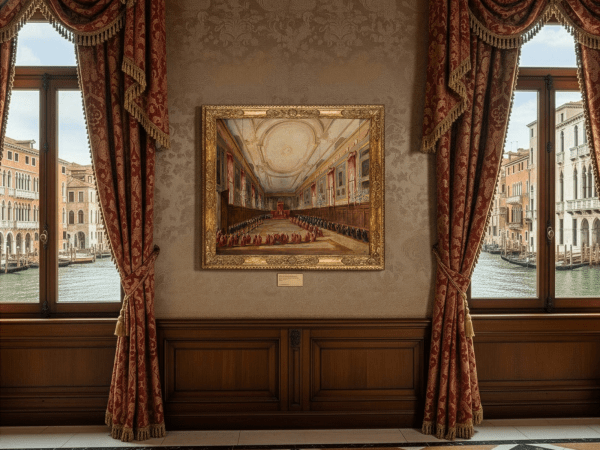If cognac is defined by connoisseurs as the distillate of silk, armagnac is the velvet one.
Alcoholic distillates can be considered as members of a big family. Among them, closer relatives can be found: such is the case with cognac and armagnac, which could be ironically called “the cousins of France”.
Both are brandies and they are named after the regions of origin of the grapes used for their production, respectively Northern France for cognac and Gascony, in the south-west of France, for armagnac.
Besides the country of origin, another common point is the grape used, mainly Ugni Blanc, very similar to the Italian Trebbiano, sometimes blended with Colombard or Folle Blanche grapes. They are all white grapes harvested before the complete maturation and used to make light and scarcely aromatic wines, with low alcohol by volume (ABV) and strong acidity; characteristics which contribute to the production of excellent cognacs and armagnacs.
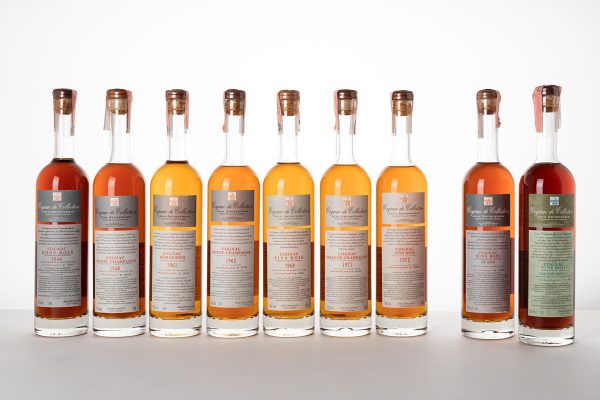
Lot 2338, Jean Grosperrin Cognac Collection: Bons Bois 1944, Bons Bois 50 ans, Des Borderies 1961, Fins Bois 1968, Fins Bois 1972, Fins Bois Origine Rateau, Grande Champagne 1971, Petite Champagne 1962, Petite Champagne 1958. Starting bid € 2.400
Cognac is a wine brandy having a delicate and refined taste with definite floral aromas and an alcohol by volume of about 40°. Its production was regulated by a treaty dated back to 1909, the same treaty by which it was decided that only brandies coming from the Cognac region could have this name. All the other similar products have the more general denomination of brandy.
There are six recognized production/crus zones in the region:
– Grand Champagne, which gives life to the finest cognacs
– Petite Champagne AND La Borderies, with distillates having a more floral aroma
– Fin Bois, area gives the most fruity aromas cognacs
– Bon Bois and Bois Ordinaries, that we could call the “basics”
The grapes are harvested within September 29, coinciding with the feast of St. Michael, while the “discontinuous” distillation uses alembics called “marentais” and is necessarily performed within March 31 of the year following the harvest.
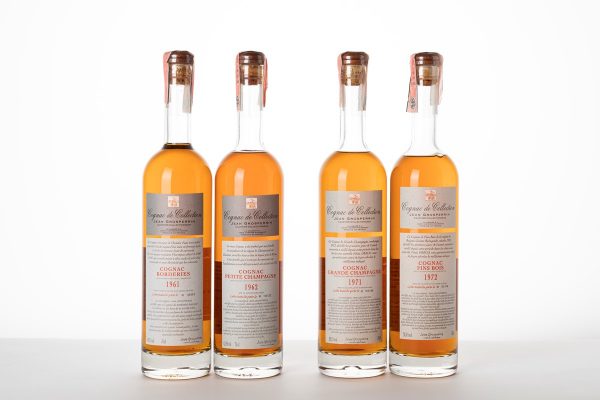
Lot 2342, Selection of Jean Grosperrin Cognac: Des Borderies 1961, Petite Champagne 1962, Grande Champagne 1971, Fins Bois 1972. Starting bid € 750
The must obtained from grapes undergoes a first boiling of about eight hours, followed by a cooling phase and a second boiling of about twelve hours, during which both the head and the tail are dropped in order to keep the heart of the product. The obtained distillate will then age for a minimum of 30 months to a maximum of 30 years in large oak casks.
The cognac that reaches our palates is not directly drawn from the casks. The most important phase is, in fact, the one in which the maitre de chai blends and dilutes different vintages in order to obtain a harmonic bouquet as well as to lower the ABV which, out of the alembics, ranges between 63° and 72°, much more than the 40° of commercialization.
The fact of being a blend of grapes harvested and distilled in different years is the reason behind the absence of vintage indication on cognac’s labels (with the exception of vintage cognac, for which the year of production and/or bottling is declared). Broadly speaking, in order to identify the quality of the bottle, abbreviations are used:
– VS (very special) or *** (trois etoiles): the youngest brandy used for blending is aged for at least two years
– VSOP (very old pale); VO (very old); Réserve: the youngest spirit used for blending has at least four years of ageing
– Vielle Reserve; Grande Réserve; Vieux; XO (extra old); Napoleon: the youngest spirit used for blending has at least six years of ageing
Cognac has great ageing potential. Hence, it is possible to find and appreciate centenarian cognacs such as the rare Rouyer Guillet Reserve de l’Ange 1865 Vintage (Lot 1207). Secrets for making the perfect cognac are jealously kept by some families which hand down knowledge from generation to generation. Producers as Jean Grosperrin and Hennessy – created in 1745 by the Irish Jean Hennessy – represent two of the most iconic and distributed brands in the world.
If cognac is defined by connoisseurs as the distillate of silk, armagnac is the velvet one. Recognized as the most ancient distillate of France, armagnac therapeutic properties are cited for the first time in a document dating back to 1310, wrote by an abbot of the Eauze monastery, in the heart of its production area.
The official production area of armagnac is tiny, being exactly half of its northern cousin:
– Bas Armagnac, a territory characterized by siliceous and sandy soils, the armagnac of the area has a higher finesse and floral tones and it is the most valued one;
– Tenareze, where distillates have a vague scent of violet and for some organoleptic characteristics are destined to long periods of ageing;
– Haut- Armagnac, from which come the less valuable distillates.
The real difference with cognac is the type of distillation used for its production. Unlike cognac, armagnac is a single-distilled in continuous copper column stills. Therefore, the must goes through a single process of heating and “purification” before going to rest for at least three years in large casks of oak.
At the end of the distillation process, the ABV of the armagnac is between 52° and 60°, much lower than the 63°-72° of cognac. This allows armagnac to retain in a more defined way its aromatic substances.
Furthermore, this characteristic allows the commercialization of a type of Armagnac that could be defined as pure, with a bottling ABV close to the one of the liquid poured out of the cask after ageing: between 45° and 49°, called Brut de Fût, one of the most valued and sought-after by connoisseurs.
As opposed to cognac, armagnac is less frequently made up of a blend of different vintages. For this reason, it is less rare to find bottles that show the year of production. Otherwise, as happens for cognac, designations on the label indicate the minimum ageing of the nectar:
- Trois Etoiles, VS, with bottle aging of at least one year;
- VO, VSOP, Réserve, with ageing of at least four years;
- Extra, Hors d’age, Napoleon, XO, Vieille Reserve, aged at least five years.
During the centuries, armagnac has continued to remain a craftsmanship-oriented production which did not allow industrialized commercialization. Some local producers perfectly exemplify this tendency: Delord, a distillery founded in 1893 by Prosper and whose techniques used for the creation of armagnac have remained the same from generation to generation, or Darroze branded products.
As for every liquid work of art, learning the origins and the characteristics of the spirits is just the beginning. To deeply grasp the history, tradition and essence of cognac and armagnac, tasting is the way: bottle at room temperature, a tulip-shaped glass to be filled up for one-third… now gently sniff, lose yourself in the nectar’s aromas, let them invade your mind. Sip and allow all the fragrances to explode in our mouth.
Online catalogue

Thursday 25 March 2021, 04:00 PM • Milan

Friday 26 March 2021, 04:00 PM • Milan

